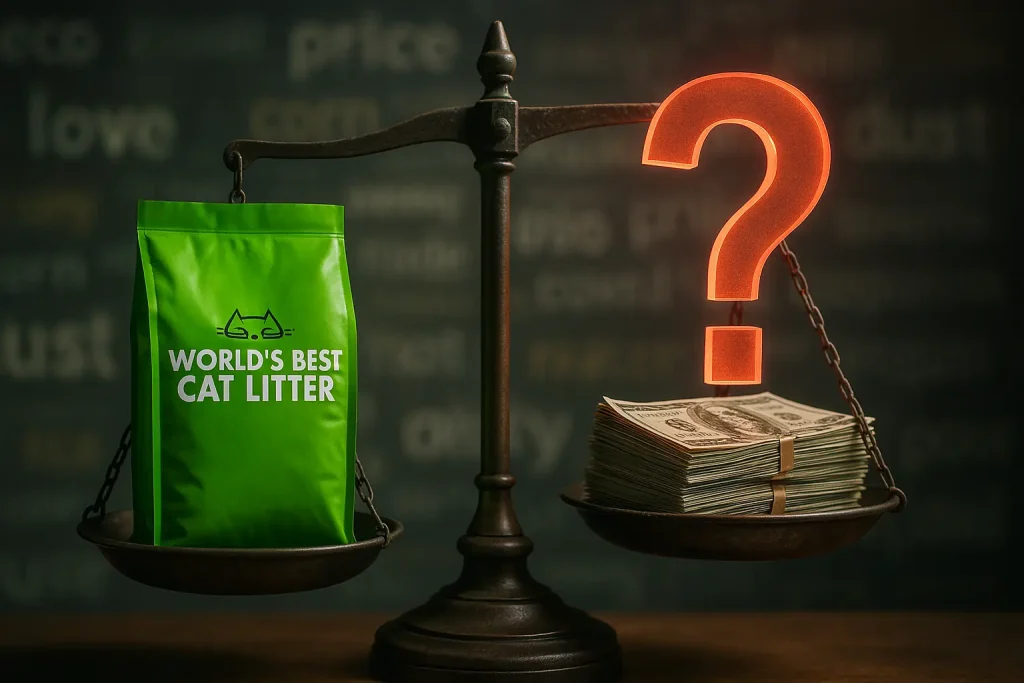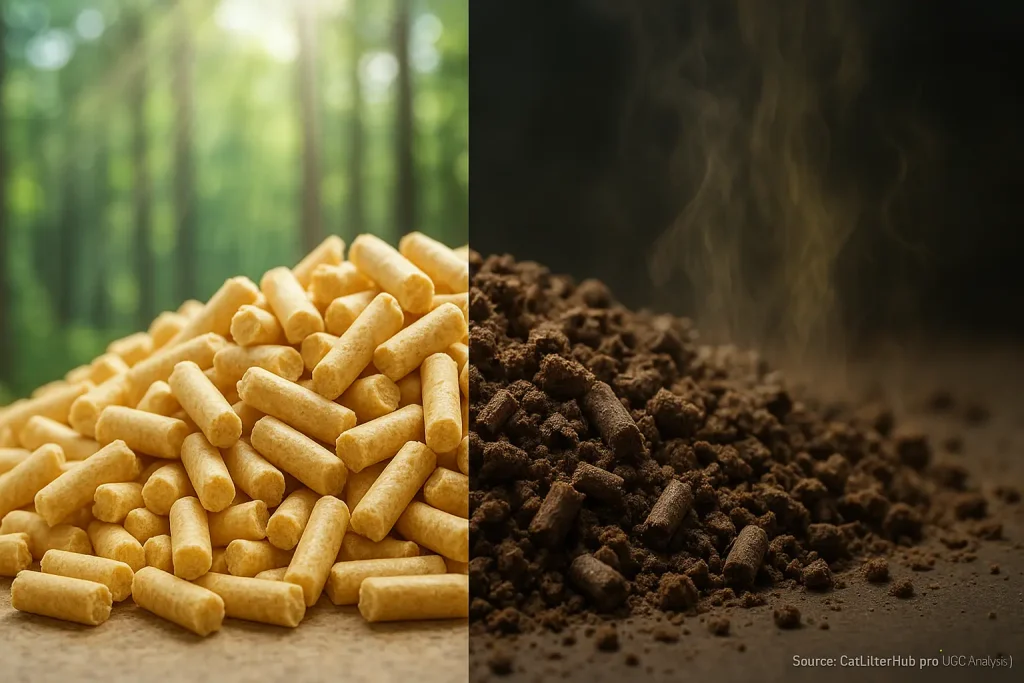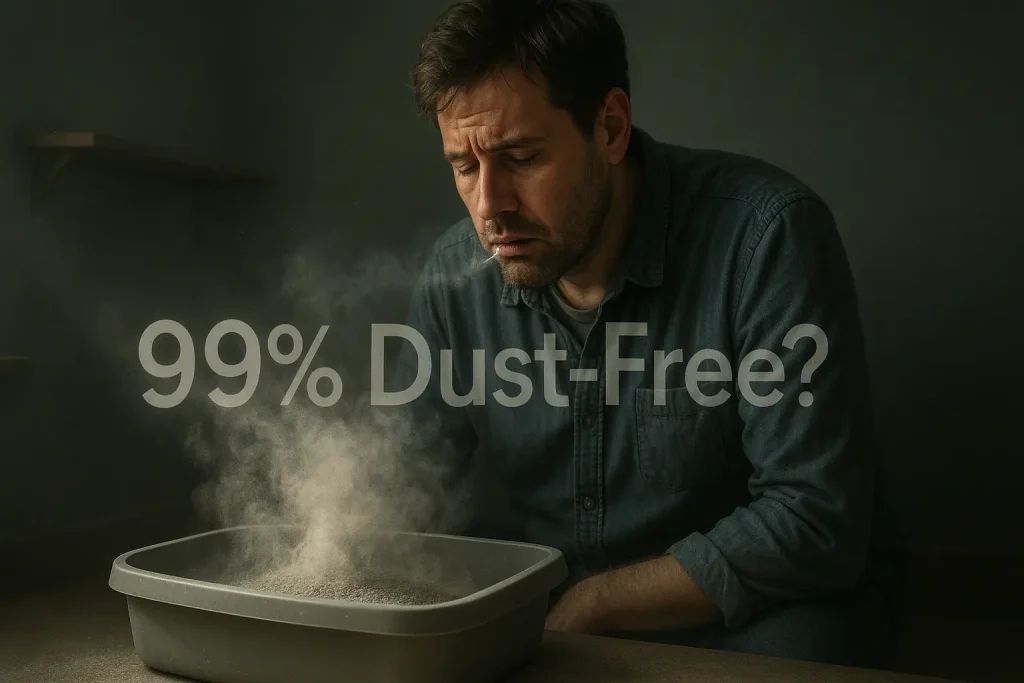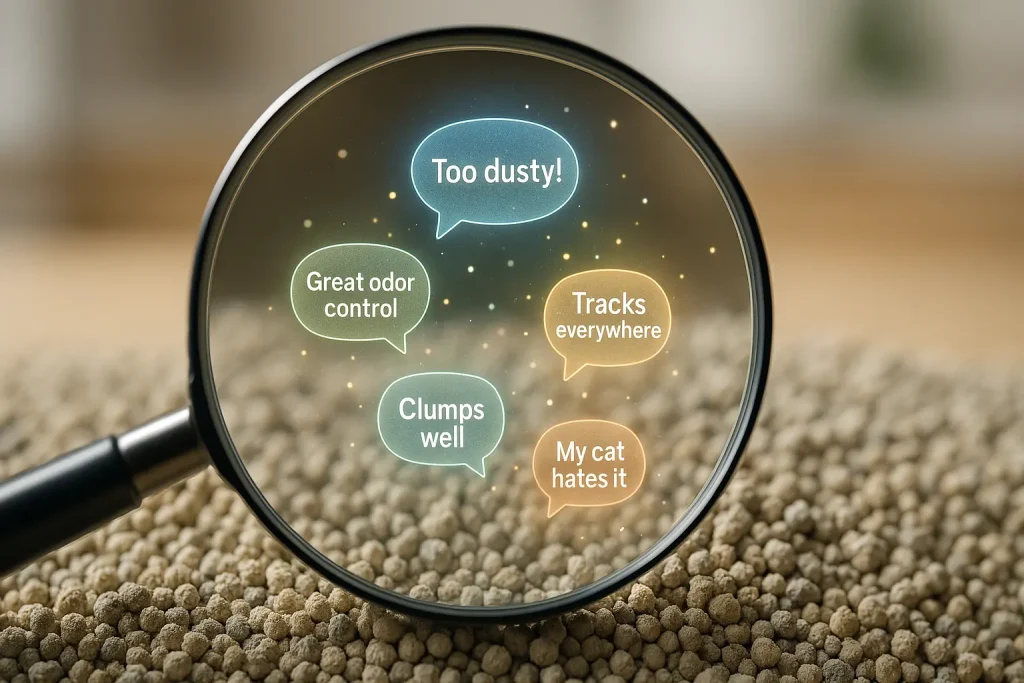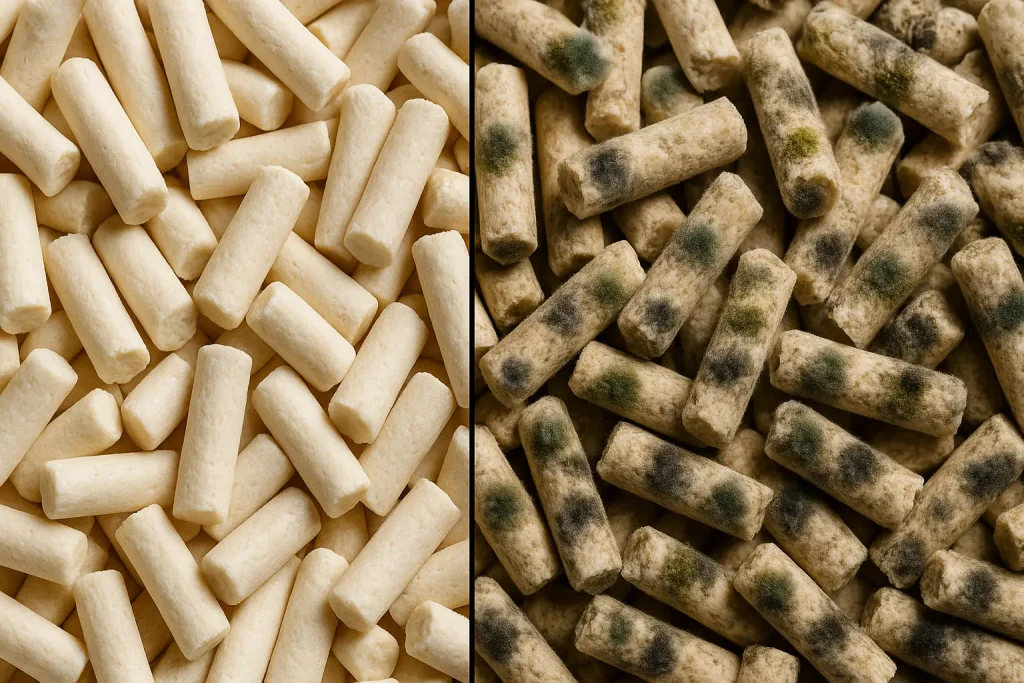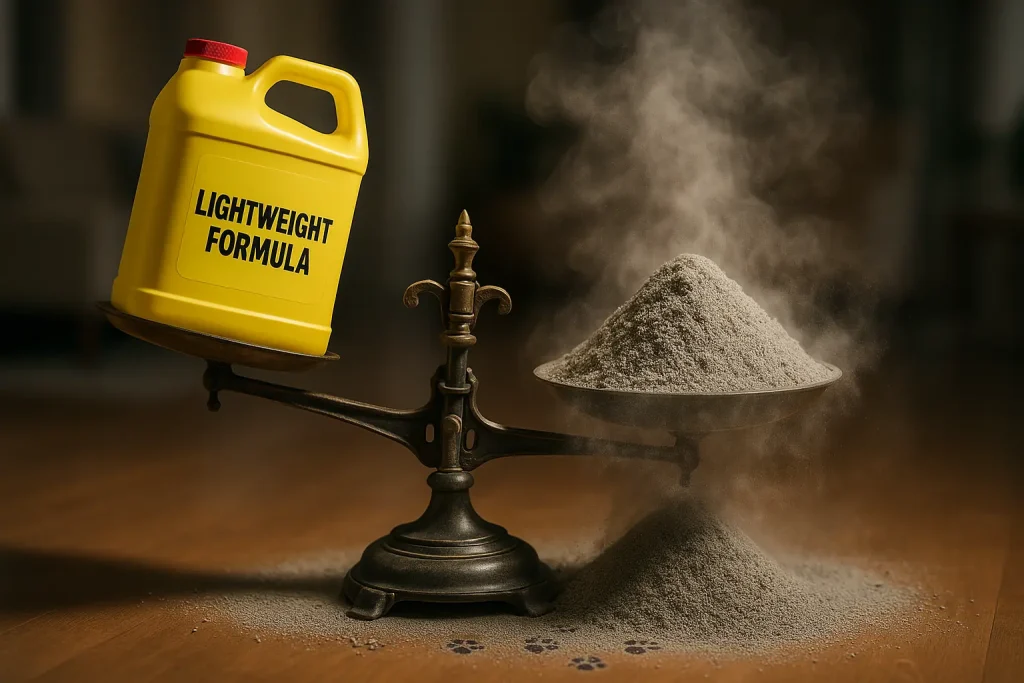The "Recycled" Riddle: What Are Cat Owners REALLY Pouring into the Box?
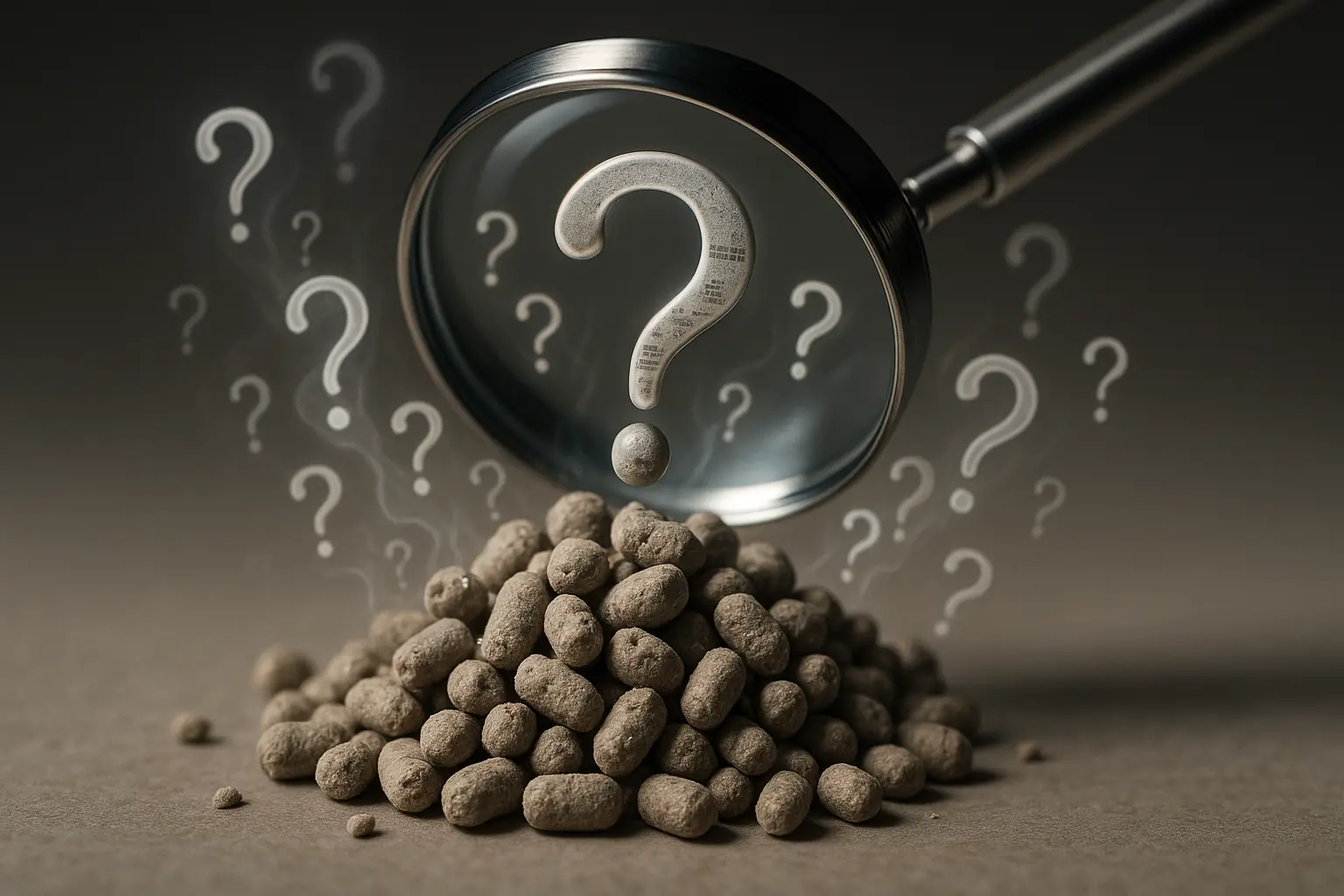
Ever picked up a bag of 'eco-friendly' paper litter, feeling good about your choice? Then a nagging thought often surfaces for many cat owners: 'Recycled from... what exactly?' Old newspapers, with their inks? Office scraps, potentially containing various coatings? Maybe even food-contaminated packaging? You are not alone in this questioning. The term 'recycled paper' on litter packaging frequently lacks specific definition. This vagueness, as highlighted in numerous online discussions, creates genuine user uncertainty about the true origins of the litter material.
The appeal of paper-based litters is quite clear to many users. It often promises a softer feel for paws. Biodegradability is another big draw. A perceived win for the planet. But then, the investigative side of cat ownership emerges. A frequent question online is: what if those positive eco-credentials inadvertently mask a less clear reality about the actual pellet composition? This uncertainty fuels countless forum threads. Users actively debate what 'recycled' truly means for their cat's immediate environment and well-being.
This isn't merely idle curiosity for concerned pet parents. Owners voice specific anxieties. They frequently wonder about potential residues from the paper's previous life cycle. Think inks. Glues. Unknown chemical traces. The core concern, echoed in many reviews, is that these substances from the original paper source could now be present in their cat's litter box. The desire for greater manufacturer transparency regarding specific paper sources and any processing agents involved is a strong, consistent theme found across user feedback platforms.
Ink, Bleach, Glues: The Hidden Chemical Cocktail Users Fear in Paper Litter
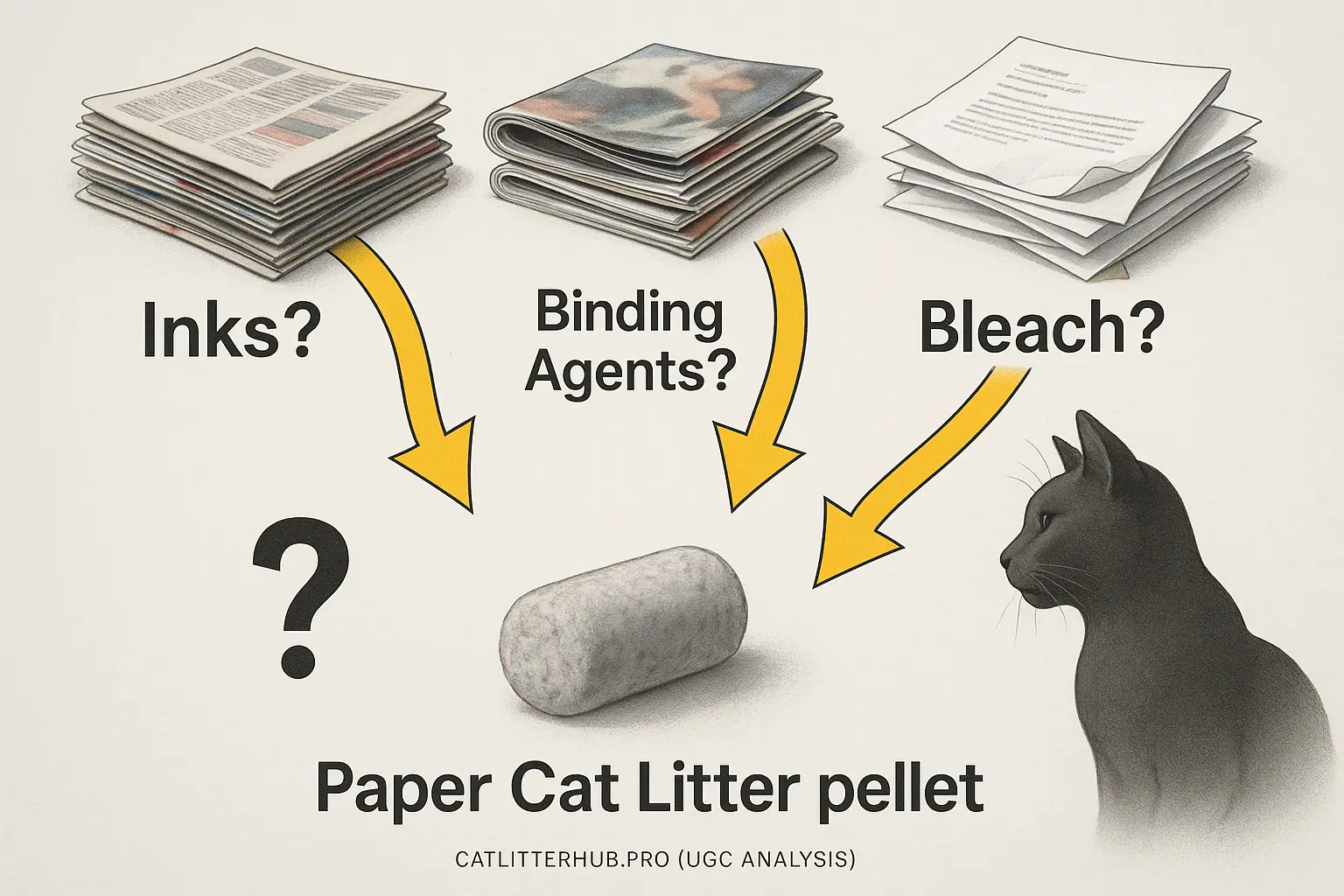
Think about it: old newspapers, glossy flyers. They're loaded with various inks. A common user worry pops up: 'Could those ink residues, even tiny amounts, be ingested by my cat during grooming, or cause skin irritation?' This isn't about panic. It's about owners wanting to know.
Then there's the whiteness of some paper litters. It looks clean, sure. But users online frequently ask: 'Is this super-white paper achieved with chlorine bleach or other harsh chemicals? And could that affect my cat's sensitive paws or respiratory system?' These are valid concerns many share.
Those neat paper pellets have to be held together somehow. This leads to another user question: 'What kind of glues or binding agents are used? Are they non-toxic if licked or inhaled?' Some owners even report a faint 'chemical' or 'processed' smell from certain paper litters, fueling these specific concerns.
The core problem, as many users point out, is the near-total lack of transparency from most manufacturers. They rarely detail what exactly goes into their 'recycled' paper litter. This information vacuum is where user fears about a hidden chemical cocktail take root. Owners deserve answers.
Odor Control Additives: What's REALLY Masking the Smell in Some Paper Litters?
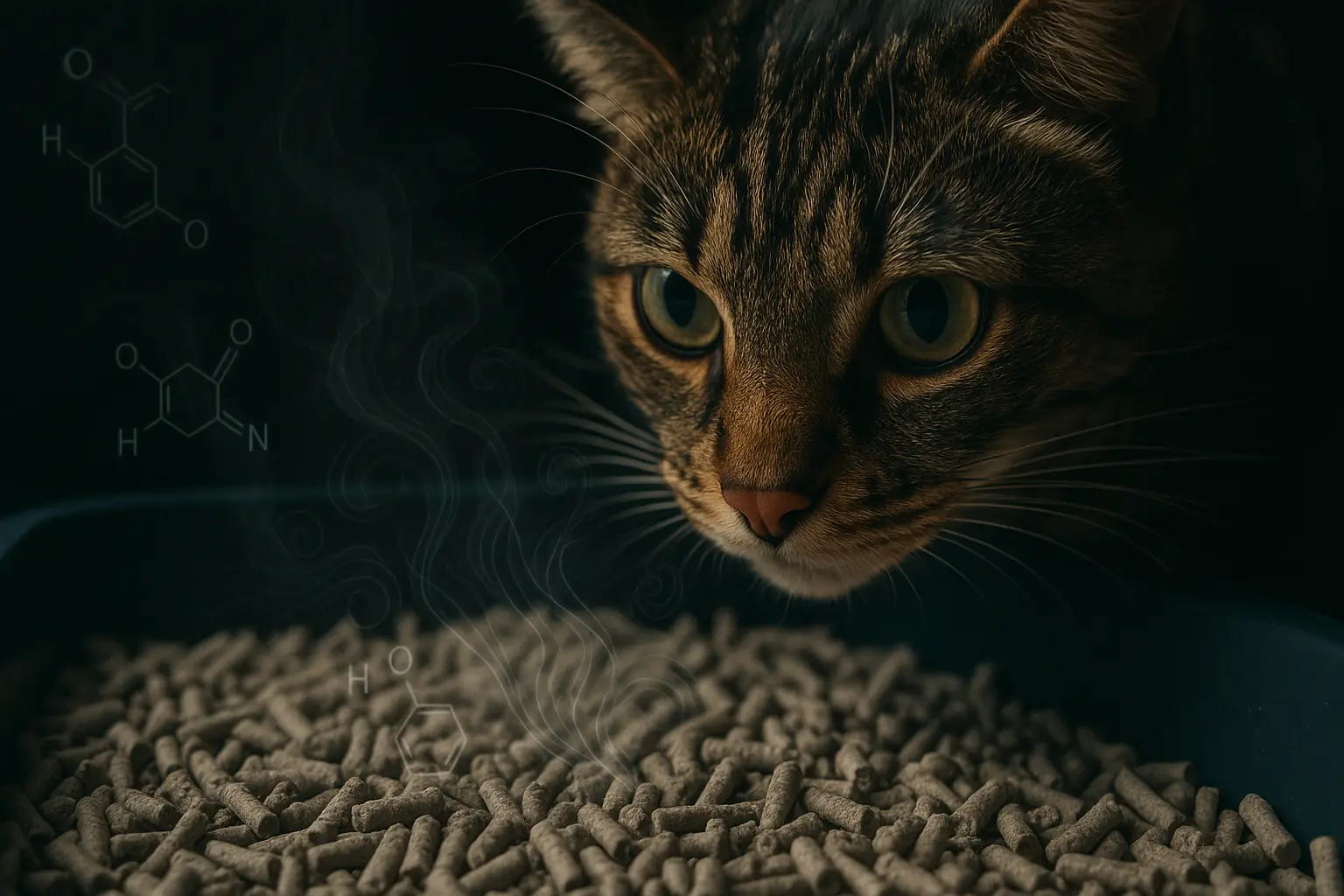
Paper itself offers absorbency. Its natural odor control is not a strong point. Yet, many users report surprisingly effective odor neutralization from certain paper litters. This common observation makes people wonder. Is it just superior absorption capabilities, or is something else contributing to this performance?
Dig through enough online cat communities, and patterns emerge. Some owners suspect particular paper litters contain undisclosed chemical deodorizers. Others theorize about subtle artificial fragrances. The reasoning often cited? The odor control seems too robust for plain paper, even when baking soda is a listed ingredient. As one user shared, "The smell just vanishes. It feels like more than paper at work."
The 'unscented' label on paper litters can sometimes deepen the questions. A number of cat parents mention detecting a faint, distinct smell with these products. This aroma is not the natural scent of paper. It is not a perfume either. This leads to speculation: could this be the scent of a processing agent, a necessary binder, or perhaps a subtle odor neutralizer not detailed on the packaging?
Ultimately, the collective voice from user experiences calls for clarity. Cat owners simply want to understand what is in their cat's litter box. If odor control additives beyond basic paper and known components like baking soda are used, transparency would build significant trust. Mystery, many feel, can breed unnecessary suspicion when choosing products for their pets.
Performance vs. Purity: User Trade-offs with Paper Litters (Absorbency & Dust)
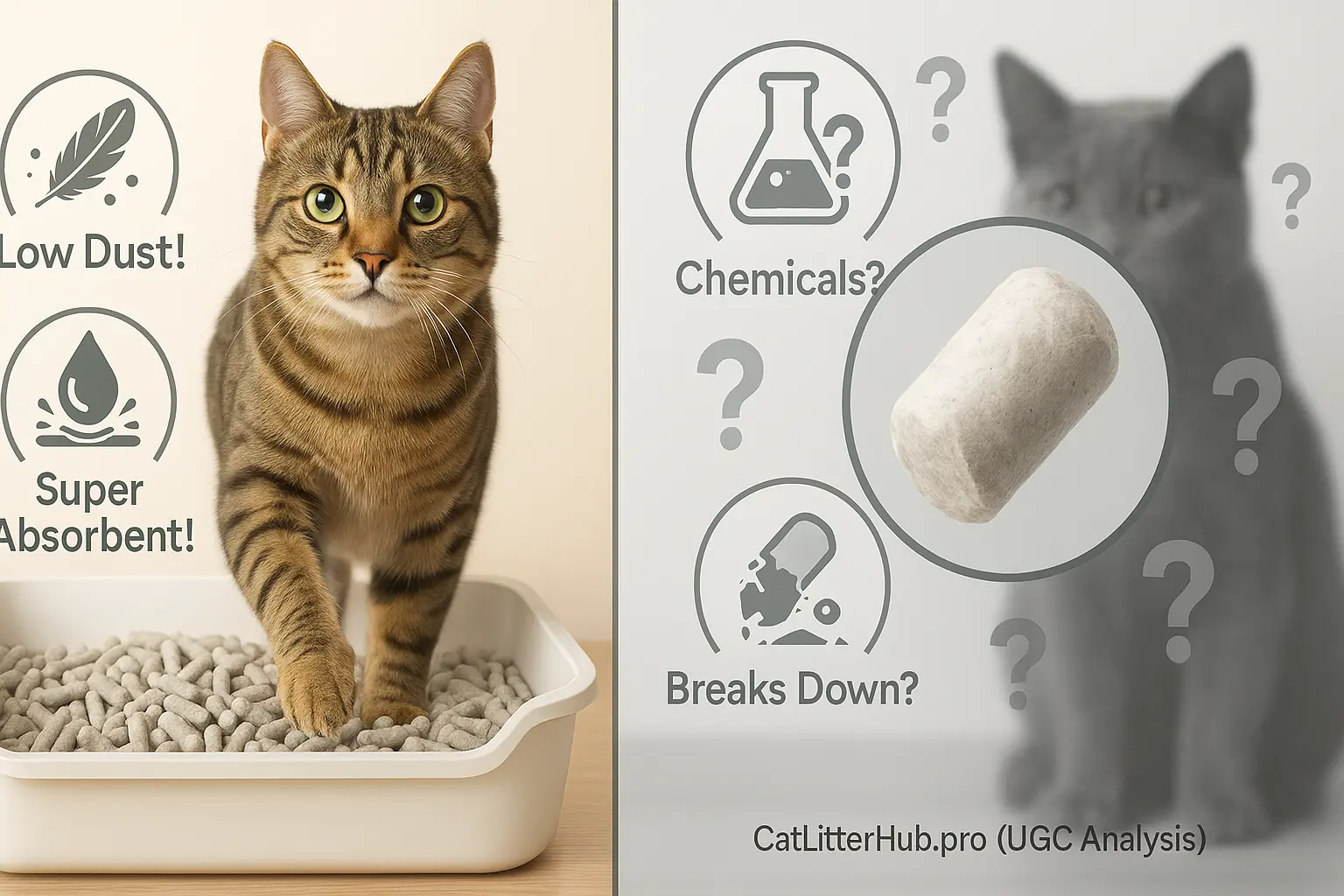
Absorbency drives many owners to try paper litter. Many users indeed report impressive liquid absorption. "It’s like a sponge!" one owner commented. Some users, however, note a flip side. Saturated paper pellets can become surprisingly heavy. They sometimes turn mushy. This makes scooping a different kind of chore for certain households.
Paper litter often earns praise as a low-dust solution. Many cats and owners experience this benefit. "Virtually no dust clouds!" is a common user observation. The collective user experience, however, is not entirely uniform on this point. Some owners find certain paper pellet brands degrade into fine paper dust. Others report noticeable dust straight from new bags of specific products.
A clever user hack addresses this initial dust issue. We spotted this tip in community discussions. Some savvy owners pre-sift new paper pellet bags. They use a simple colander or screen. This step removes loose manufacturing dust before the litter enters the box. A little extra work, users say. The benefit? Reduced airborne particles, they confirm.
This situation often presents a clear trade-off for cat owners. Users weigh paper's good absorbency and generally lower dust levels. They balance these positives against persistent concerns. What is really in the recycled material? That question lingers. Many wonder if they are simply exchanging one litter problem, like clay dust, for another, such as unknown chemical residues.
The Verdict from the Trenches: What Should a Concerned Owner Do About Paper Litter?
So, you're eyeing that 'recycled paper' litter. The ingredient mystery has you spooked? Smart. Here's what fellow cat owners in the trenches suggest. Their collective wisdom offers practical steps. You can navigate these murky waters. Cat Litter Hub has analyzed these experiences.
First, users say, become a label detective. Scrutinize any available information. If a brand does offer details on sourcing or processing, that's a start. Many owners find this initial check useful. Second, trust your cat's nose – and yours. "If it smells weirdly chemical, or my cat suddenly avoids the box after I switched to this paper brand, I ditch it, no questions asked," is a common sentiment voiced in reviews. This immediate cat feedback is invaluable. Third, look for brands that at least claim to use post-consumer paper. Some brands state they avoid harsh de-inking. Verifying these claims is tough, users acknowledge.
If the 'what if' regarding hidden ingredients is too much, many users explore other natural litters. With these alternatives, ingredients seem clearer. Owners often mention specific wood types. Corn-based litters are another option. Grass litters also gain some attention. Each type has its own quirks, of course. Users report the base material is usually more obvious with these choices. This clarity provides peace of mind for some.
Ultimately, the loudest message from the user community is a call for radical transparency. Owners are tired of guessing games. They want to know, simply and clearly, what's in the stuff their beloved furballs are digging in every day. This desire for honesty from manufacturers is a constant theme. Until then, it's about careful observation of your cat. Sharing experiences within the community also empowers other owners. Knowledge is power.

